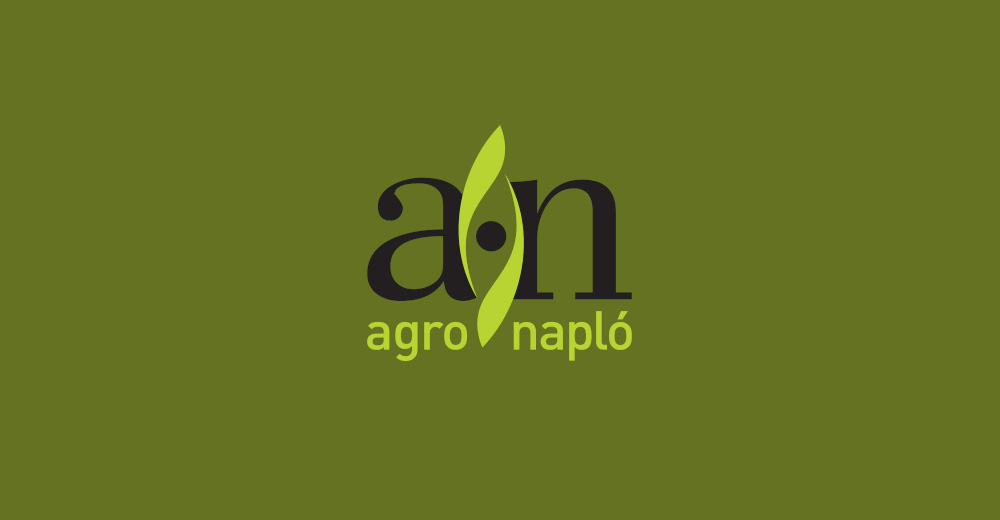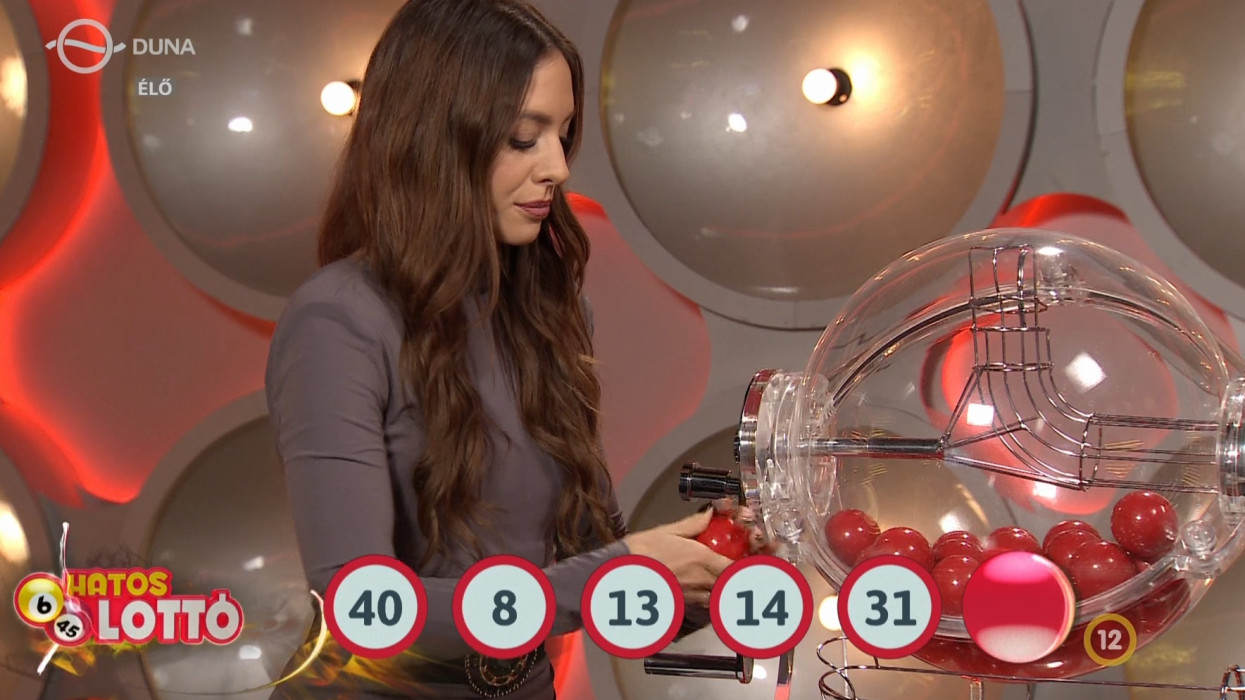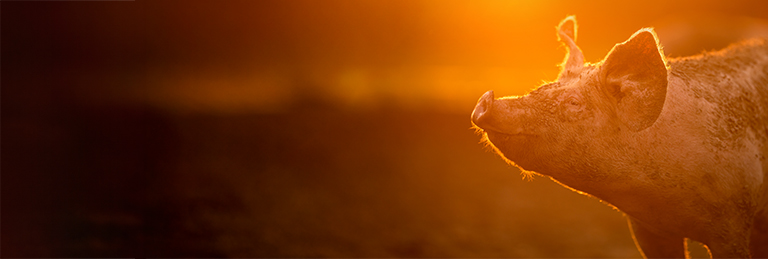Roughage, such as grass and silage maize, remains the main source of feed protein, representing 45% of total EU feed use, an increase of 2% compared to 2018/19. The share of all oilseed meals has decreased by 1%, representing 25% of total feed use in the EU. Finally, cereals continue to be available in ample supply, at 20% of total feed use.
In terms of self-sufficiency, the EU is fully self-sufficient in roughage. However, for oilseeds meals, the EU only produces 24% of what it needs to feed its livestock sector.
COVID-19 crisis caused a severe drop in biofuel demand and reduced the availability of rapeseed meal (-7%), partly compensated by higher imports of soya beans. In the cereals category, more barley was used for feed (+6%). Barley was widely used due to a weak demand in the malting sector due to beer consumption dropping during the COVID-19 crisis.
EU self-sufficiency
Source: European CommissionShares of different protein sources in 2019/20 and 2018/19
Source: European CommissionBackground information
The EU feed protein balance sheet presents the feed supply and demand of various protein sources. This includes crops (cereals, oilseeds and pulses), co-products (meals from crushing soya, rapeseed and sunflower as well as protein-rich materials that result from processed arable crops), non-plant based sources (animal proteins, former foodstuffs) and roughage (grass, silage maize, fodder leguminous). For the first time, this balance sheet includes forecasts, being produced before the end of the marketing year.
There is only limited inter-changeability between proteins from different categories, for instance between proteins from cereals and roughage and proteins from soya meal. Due to its amino acid characteristics, soya protein is used more efficiently than other plant proteins in animal nutrition. Moreover, roughage as principal feed supply is exclusively suitable for ruminants.
Data on protein contents is subject to annual and regional variations and must be considered as average values. This is especially the case for the crops and roughage.







